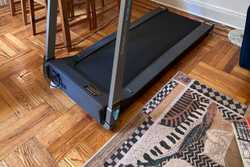Sony a7CR Review: Testing Out a Feature-Packed Camera in the Brazilian Amazon
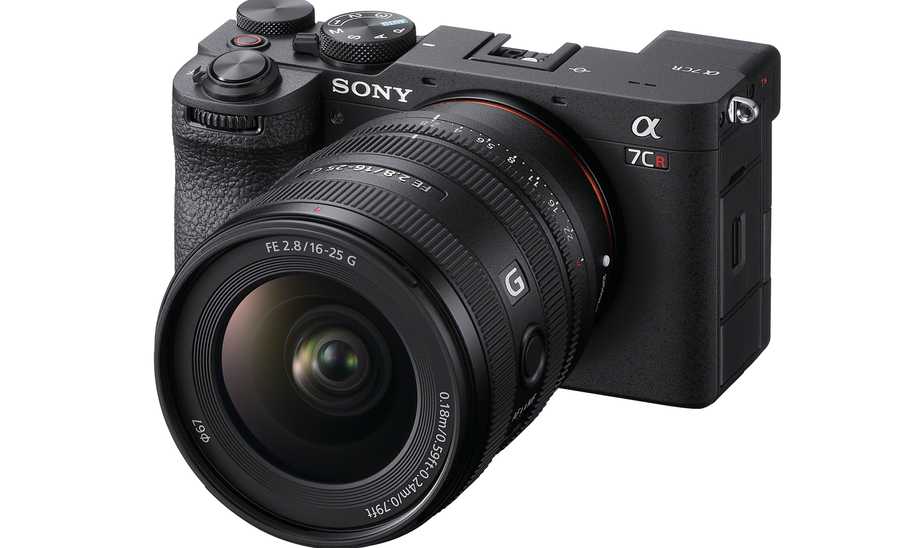

Our evaluations and opinions are not influenced by our advertising relationships, but we may earn a commission from our partners’ links. This content is created by TIME Stamped, under TIME’s direction and produced in accordance with TIME’s editorial guidelines and overseen by TIME’s editorial staff. Learn more about it.
My job as a professional travel journalist takes me to remote destinations throughout all seven continents. I do a lot of my own photography, primarily of wildlife in their natural habitat. No matter where you are in your career, there’s always more to learn as a photographer, whether it’s a hobby or a career.
Within the past few years, I upgraded my Nikon d5300 to the Sony a7lll. I decided on a Sony FE 24-240mm f/3.5-6.3 OSS lens to give myself a wide range of close-up and far-off shots. This has served me well in many wildlife scenarios where you don’t necessarily want to be fiddling with switching out your lens if there’s a lion right outside the safari jeep in Botswana, or a tiger off in the distance in India’s Ranthambore National Park. On my most recent trip—an excursion to the Brazilian Amazon with Katerre Expeditions, in search of pink dolphins—I tried out the new Sony a7CR Mirrorless Camera with a 70mm-200mm lens to see how it travels and performs.

I was just renting the gear for my trip to test it out, so it came to me in a protective briefcase, each piece separated and cushioned. When I snapped open the case and picked up the camera, I noticed it looked like a familiar friend. A lot of the dials and buttons were similar placement-wise to the a7lll I’m used to, so that felt comforting. With the image sensor and the camera body’s incredibly lightweight and comfy grip, I knew that I would have a good time trying the a7CR. The weight and bulkiness of the 70-200mm lens were a bit more than I bargained for. It took up quite a bit of room, so this particular lens is a little difficult to travel with. I still prefer my 24-240 mm lens which gives the photographer a better range in a compact, lighter package, which is a little more forgiving when you’re packing for a long haul trip.
Any piece of tech equipment will have a range of pros and cons the majority of the time, depending on what you're looking for.
One thing I truly love about these Sony cameras is they capture quality video in addition to great imaging. The number of times I get questions about the camera I’m using when I post videos on Instagram is overwhelming. It’s a useful tool when it comes to creating a social media presence. I find the auto framing feature in the a7CR great when you’re trying to capture a subject in motion. It can shoot in 4K at up to 60p or 4K up to 30p with the APS-C crop sensor (there to basically increase the focal length and make the subject appear bigger if they’re far off or small).
The dial placement on this camera is crucial when you need to be dialed in (pun intended) on shooting. For me, animals in the wild move quickly and you sometimes have a brief moment to get the right photo or video. Having the dials placed conveniently to reach areas of the camera quickly (like at your thumb) is important when controlling the camera at a moment's notice. Even if you do have to run to the touchpad mode to change a feature within the camera, everything is written out clearly throughout the menu and it doesn’t take long.
You can shoot raw images in various sizing, with continuous shutter shooting, versatility, motion adjustment, and pixel shifting. This camera has a lot of control in a compact body.
I thoroughly enjoyed many of the features within the a7CR and don’t have a lot of complaints. Before receiving the camera to test out on my trip, I read up on it to see what to expect. Some reviews mentioned the electronic viewfinder (aka the EVR) isn’t as good as other options, but if that’s the biggest complaint, consider it a good day.
Some also mentioned that weather impacts battery life. I was dealing with high humidity, cooler nights, rain, and heat in the Amazon and can safely say I didn’t notice this issue. Still though, extra camera batteries aren’t expensive and I always recommend having more on you. I learned this the hard way!
The camera will set you back around $2,998 (Amazon), but if you keep up with maintenance, getting it regularly cleaned and keep it protected in casing when you travel around with it, this camera can be an investment for many years to come.

While exploring the depths of the Amazon rainforest with the a7CR, I’d say this camera can be for anyone. It’s a lightweight option for travelers, a fun hobby camera for YouTubers and content creators, ideal for a tech gift idea or a great gift for people who have everything, and is still considered a professional-level camera. I need a camera that won’t take up a lot of weight and space in my bag, so for me, this is extraordinary.
That said, this lens was not for me. It might be a good lens for someone who likes to capture images at home or on hikes, but traveling with a bulky lens wasn’t ideal for me. I found myself in too many situations where I was trying to capture something close up and the image was blurry because of the 70mm jumping off point. This definitely wouldn’t be a one and done lens and the lenses are quite an investment, so I prefer the versatility of the 24-240mm.
When it comes to performance, a lot of internal workings within the camera help you obtain stable, high-quality images and video.
When it comes to the design and build, I’m a big fan of the camera layout. I notice a lot of similarities about the build between this camera and the one that I use regularly, the Sony a7lll. It’s compact and easy to take on the go, not adding a lot to your back if you’re hiking through the rainforest, trekking to see gorillas, on safari in Africa, taking photos of your family, or hiking through a nearby park. It’s portable, comfortable to use with properly placed dials, a chic look, a reliable digital interface, and has an easy-to-use touchscreen menu.
It’s built to resist dust and moisture—perfect if you love the outdoors. It’s also simple and straightforward when it comes to getting your photos from your camera directly onto your smartphone using the Sony’s Creators’ App2.
The image quality in the Sony cameras, particularly the a7CR, is truly unmatched when it comes to a compact, portable camera. The full frame 61 megapixel 2 Exmor R sensor imaging and the BIONZ XR processor lead to unmatched, high-quality images. There’s an AI processor within the camera used for tracking, along with stabilization that can be important in a moment when you’re trying to capture a subject. The pixel shift is a helpful assist when conditions alter, and continuous capturing is available through the AF/AE tracking at up to 8 fps14. The list goes on and on when it comes to why the Sony a7CR is an ideal choice when it comes to capturing images, video, and portability. You can even use the Creators' Cloud platform to work with Sony’s advanced camera technology.
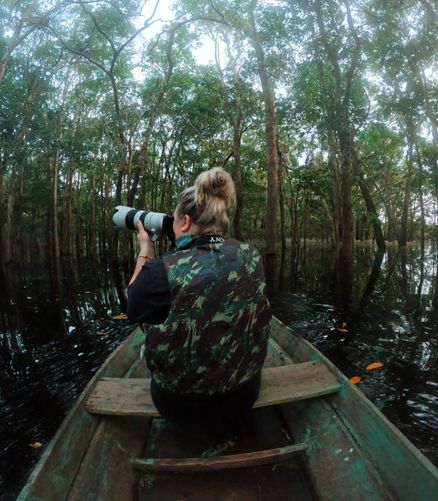

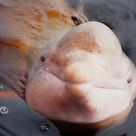
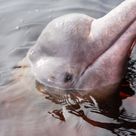
With the image quality being so impressive, it shouldn’t be a shock that the video is on par, as well. It’s built for high-quality camera recording, and stabilization to create smooth, detailed videos. The built in S-Cinetone gives the video a cinematic feel, with auto framing to keep the focus on your subject while shooting. You can even stream content live through UVC/UAC with internal recording if you’re into content creation.
I’d definitely recommend the Sony a7CR, especially since it’s basically a newer, smaller version of the Sony a7lll I’m used to. The Sony a7CR is easy to navigate, therefore giving even beginners the freedom and confidence to play around with the camera's settings and features. The Sony a7CR is ideal for anyone looking for quality imaging, a great battery life (although I always suggest having extra on you), hypersmooth video, auto focus with tracking, unlimited recording opportunities, and more.
That said, I did not prefer the Sony FE 70-200mm f/2.8 GM OSS Lens ($1,898, 3.3 pounds) as far as traveling goes. I did capture beautiful images of the dolphins with this lens, but we were fortunate that the pink dolphins got quite close to us, and I couldn’t snap images close up with that lens. For wildlife expeditions and moments that are unpredictable, I suggest a lens with a wider range like the Sony FE 24-240mm f/3.5-6.3 OSS Lens ($948, 1.72 pounds).

The information presented here is created by TIME Stamped and overseen by TIME editorial staff. To learn more, see our About Us page.

